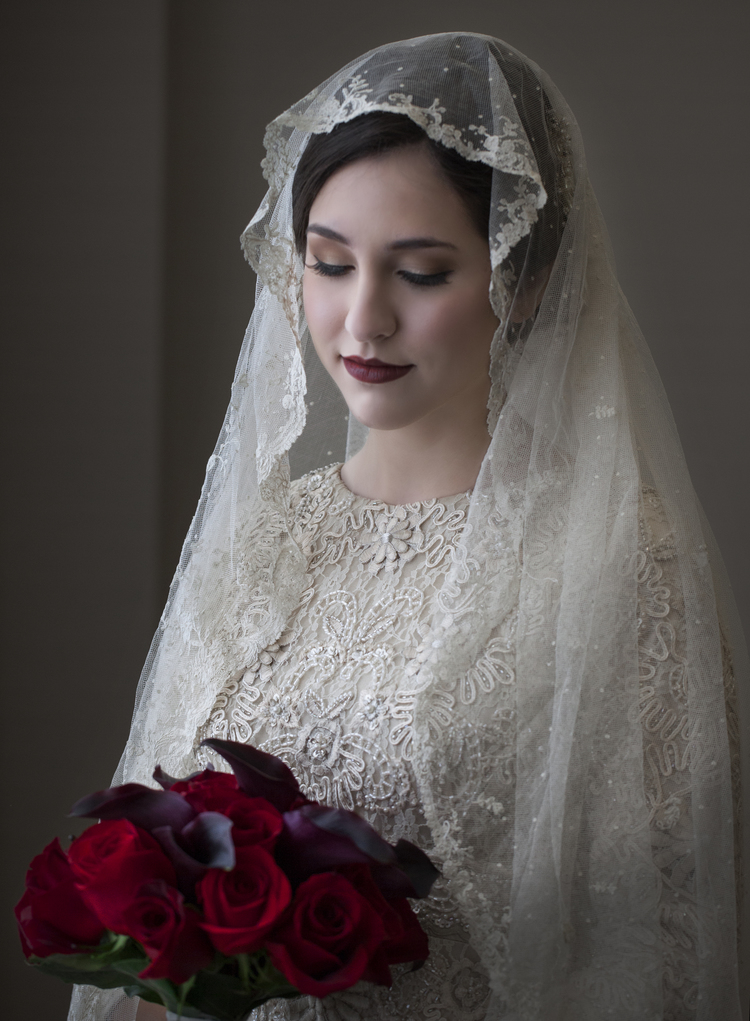One might wonder how an Orthodox Jewish wedding ceremony looks like. You might be curious why the chatan (groom) breaks a glass at a Jewish orthodox wedding under the Chuppah? Or what is a Chuppah in the first place? There are many more Jewish wedding customs, like reading the Ketubah (what's that?) wearing a Kittel (getting even more interesting...) and a Tallit (Prayer shawl).
Jewish wedding tradition terms:
- Chattunah - wedding
- Chattan - groom
- Kallah - bride
- Kabbalat Panim - reception
- Badeken - covering
- Chuppah - marriage canopy
- Kiddushin - Betrothal, Chattan giving ring for Kallah
- Ketubah - marriage contract
- Yichud - union
- Sheva Brachot - seven blessings
- Seudah - meal
Before the wedding
One of ancient Jewish wedding traditions is that the Chattan (groom) will not meet the Kallah (bride) from a week before the wedding. The reason for this Jewish wedding custom is that the Chattan and Kallah should have a fresh new feeling of love for each other on their wedding day. In some extremely-Orthodox Jews the tradition is to not meet at all during the engagement (the engagement will last for approximately six month to a year).
Kabbalat Panim
Jewish orthodox weddings starts with a Kabbalat panim, a reception. The men & women will hold separate receptions. The Chattan will greet his guests, who will sing and toast for him. The Kallah will sit on a throne and greet her guests. Light refreshments are served. There is a Jewish wedding tradition for the mother of the Chattan and the Kallah to break a plate during the Kabbalat Panim. The reason for this Jewish marriage custom is to show the seriousness of the commitment of the parties. Just like a broken plate can't be fully repaired, - a broken relationship can't be fully repaired.
Badeken
The chatan will dress in a Kittel, a traditional white robe. The Kittel also worn on Yom Kippur, and after a person's death he is buried with it. It resembles royalty and cleanliness of sin. The Chatan will then go to the Kallah (the Ashkenazi Jewish wedding tradition is that the Chatan is accompanied by his family) and put a veil on her face. The kallah will wear the veil till after the chapah. The veil is reminiscent of Rebecca (Rivka) covering her face before marrying Issac (Yitzchok, Genesis , 29). This Jewish wedding tradition is also to show the idea that the kallah is expected to be modest and her modesty will bring blessing into her new home.
Chuppah
The Jewish wedding tradition is that the wedding ceremony takes place under the chuppah. It resembles the home of Abraham and Sarah that was open from four sides to accept guests. Some will traditionally have the chuppah outside, under the stars to remind Gods blessing to Abraham that his children be futile and bright as stars.
The wedding customs under the chuppah vary. Whereas in some areas the chatan will wear a Tallit, some will put a bit of ash on the chatans head, to remind the loss of the Jewish temples. The kallah will wear a modest gown and circle the chatan seven times. This resembles the seven days that the world was build, so will the home the new couple build be blessed by Hashem. Kabbalists explain it that there are seven walls of evil that surround a person before marriage that falls when the kallah circles the chatan.
Kiddushin
In Jewish law, marriage takes place when the chatan gives a ring to the kallah. This is called kiddushin. There are a few Jewish wedding traditions on which type of ring to give. All are in common that it will be a simple ring. The kallah does not give a ring to the chatan in a Jewish orthodox wedding.
Breaking the glass
Orthodox Jews always yearn for the rebuilding of the Temple and the coming of Messiah. Therefore during every joyous event something will be done to symbolize the destruction of the temple. During a Jewish wedding, the chatan will break a glass with his right leg.
Ketubah
After the kiddushin the ketubah will be read. It will be read most of the time by the Rabbi leading the wedding ceremony or by another prominent family member. The ketubah is an ancient form that just needs to be filled in the chatans and the kallahs name. It can be found in any local Judaica or online.
Sheva Brachot
After the reading of the ketubah the seven blessings of marriage will be recited over a glass of wine. The blessings are recited by family members and guests. The cup of wine will then be drank by the chatan of the kalah.
Yichud
To symbolize unity and marriage, the chatan and the kalah will enter a private locked room. Two witnesses will stand outside of the room for about 5 to 10 minutes to ensure that they stay in the room. This finalizes in Jewish law, the act of marriage.
Seuda
By ultra-Jewish orthodox weddings the Seuda will be segregated. By some modern orthodox weddings the meal will be mixed while the dancing will be segregated. Whenever you attend a Jewish wedding make sure to find out in advance what to expect. Dress modestly according to customs and have fun! Enjoy the ancient Jewish music, see how family pictures are taken and learn for yourself on Jewish wedding traditions.










